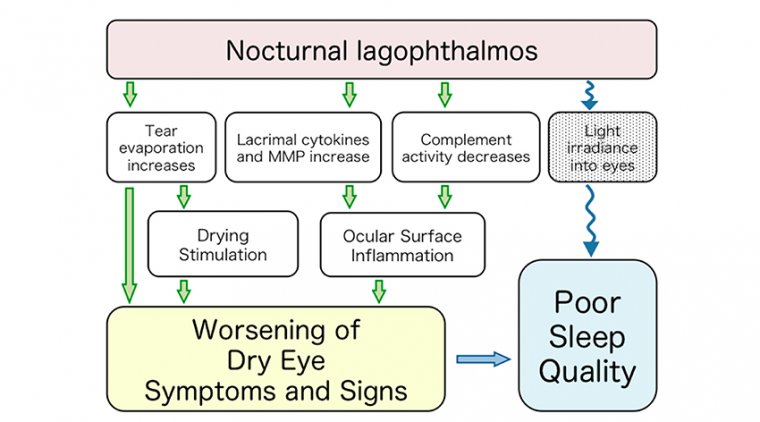
Recent research suggests that contact lenses, refractive surgery (such as LASIK), and use of computers and smartphones are also risk factors for chronic dry eye. Sjögren's syndrome is an autoimmune disease that attacks the body's lubricating glands, such as the tear and salivary glands.

A relatively uncommon but often more serious form of the disorder is associated with rheumatoid arthritis or dry mouth and is called Sjögren's syndrome. Information gathered from the Women's Health Study, a large cohort study in which 25,665 postmenopausal women provided information about the use of hormone replacement therapy, suggests that those who use hormone replacement therapy, particularly estrogen alone, are at increased risk of chronic dry eye. Chronic dry eye-also called dry eye disease, dry eye syndrome, keratoconjunctivitis sicca or simply dry eye-is the result.Ĭhronic dry eye occurs most often in older women. However, sometimes the lipid and mucin layers produced by the eye are so unstable that tears can't remain on the eye long enough to keep it lubricated. It helps spread the watery layer of tears across the eye to keep the eye wet, and it traps and wraps up foreign pathogens and debris so they do not damage the ocular surface.Īs we age, the eyes naturally produce fewer tears. The goblet cells of the conjunctiva, as well as the surface cells of the cornea and the conjunctiva, produce this protective lubricant of tears.

This tear layer also cleanses the eye and washes away foreign particles or irritants that are wrapped up by the other major component-mucin. It nourishes the cornea (the clear tissue of the outer protective layer of the eye that transmits light) and the conjunctiva (a thin, clear layer of tissue that covers the white outer surface of the eye). This layer makes up most of what we normally consider tears. The aqueous component is a watery layer that is produced by the lacrimal glands. This layer smoothes the eye's surface and keeps tears from evaporating too fast and helps them stay on the eye. The outer layer of the tear film is covered by an oily layer produced by meibomian glands in the lower and upper eyelids. The tear film on your eyes actually consists of the following three major components: Most people with dry eye find the condition to be an uncomfortable nuisance, with many characteristics of other "chronic pain" types of syndromes. More commonly, people with dry eye have fluctuating vision and experience problems with tasks requiring visual concentration such as reading, using a computer and driving. People with more severe cases of dry eye often are also sensitive to light.Īlthough eye infections are more common in people with chronic dry eye, irreversible vision is rare. There can be pain and redness in the eye, a feeling of heavy eyelids or blurred, changing or decreased vision. They also may develop mucus in or around their eyes. People with dry eyes have difficulty wearing contact lenses. Both can cause your eyes to sting or burn, feel scratchy, become irritated and tear excessively.Ĭhronic dry eye most commonly occurs in both eyes but may affect one eye more than the other. There are two major types of chronic dry eye: aqueous tear-deficient and evaporative. Eye allergies are reactions to substances in the environment that can result in some of the same types of discomforts associated with eye dryness. External factors may aggravate dry eye symptoms, including conditions common in many workplaces such as prolonged computer use and exposure to air conditioning, heating, dust and allergens.īut chronic dry eye should not be confused with eye allergies, an even more pervasive problem.

The exact cause of chronic dry eye is unknown. In addition, tens of millions of Americans experience less severe symptoms of the disorder.Ĭhronic dry eye is one of the most common reasons people visit an eye health professional. The condition affects an estimated 5 percent to 30 percent of the population age 50 and older in the United States. It may also cause stinging, burning, a gritty feeling or episodes of blurred vision. It encompasses a group of disorders, which typically cause symptoms of dryness and overall eye discomfort. Chronic dry eye is an inflammatory disorder of tears and the ocular surface, typically resulting in symptoms of dryness and overall discomfort.Ĭhronic dry eye is an inflammatory disorder of tears and the surface of the eye, also called the ocular surface.


 0 kommentar(er)
0 kommentar(er)
